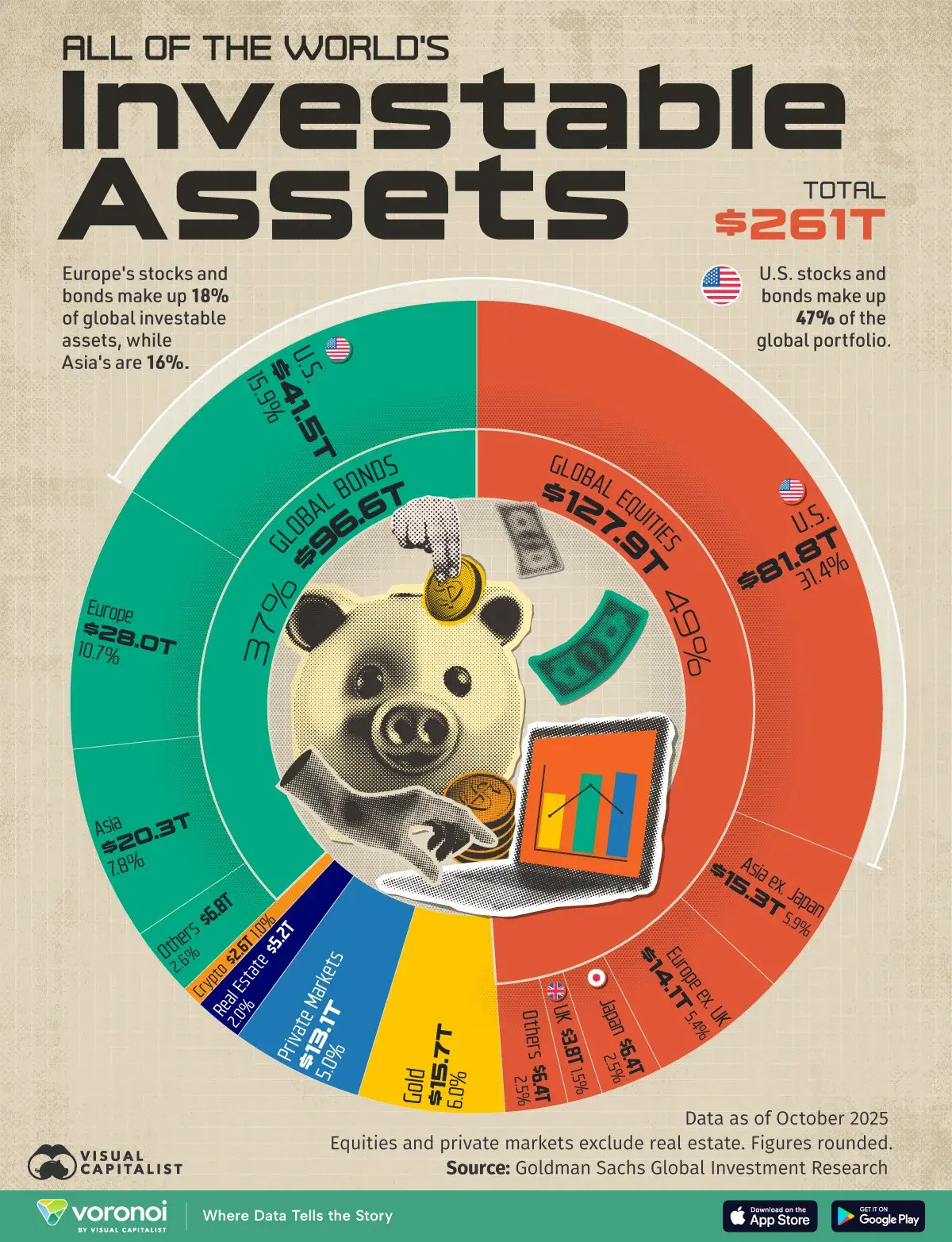Signal2Noise Global Macro Newsletter

Michael Berman, Ph.D.
With over 25 years of trading & investment experience, including successful fintech exits as a cofounder and CEO, I cut through the noise to deliver a relevant daily investment newsletter.
My insights provide a deep and sometimes unique perspective on markets. Expect no-nonsense analysis, high-probability trade ideas, a touch of self-deprecating humour, and a growth mindset towards the markets and life in general.







